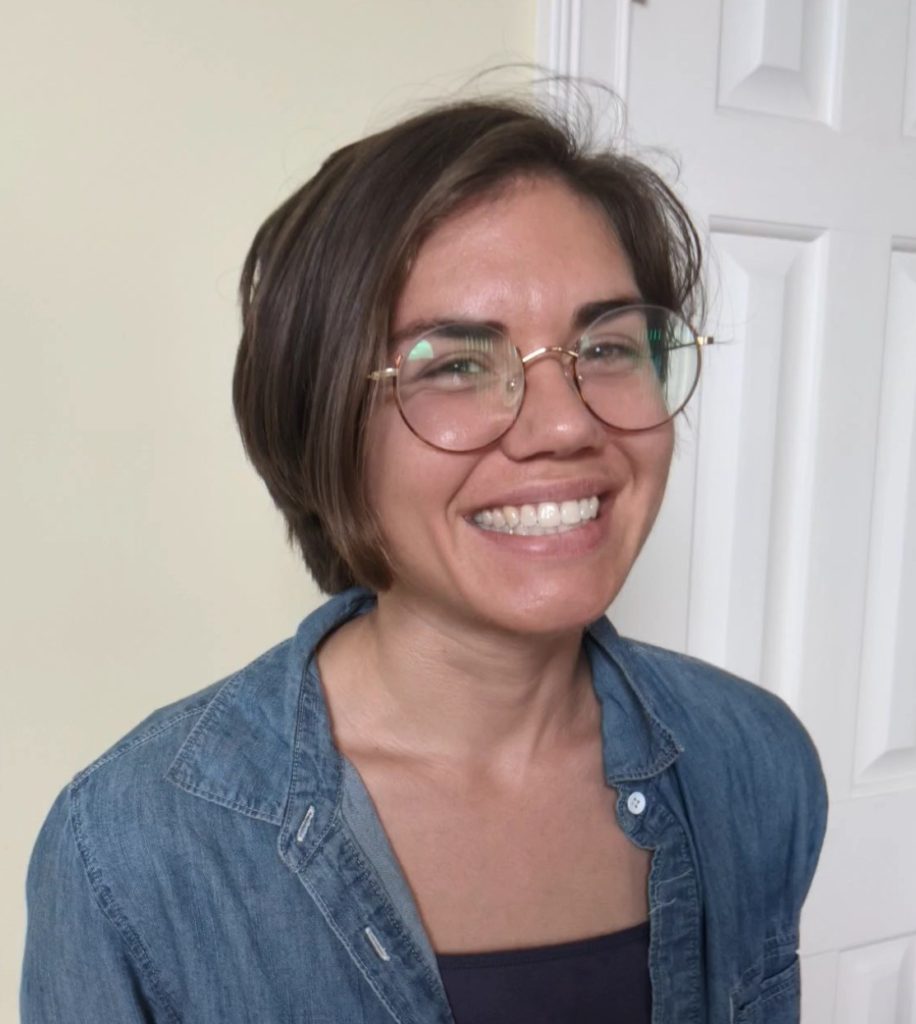Food Deserts
One could easily say that Indianapolis is known for its picturesque cityscapes, incredible food, and, most famously, the Indy 500. However, what many people don’t know is that Indianapolis is plagued with food deserts. In fact, it’s one of the worst American cities in terms of food deserts.
The term ‘Food Desert’ refers to areas in the community where access to fresh and nutritious foods such as produce is significantly limited. This is due to decreased access to affordable grocery stores. To be considered a food desert, more than 33% of an urban population must live more than one mile from a grocery store, and in a rural space, more than 33% of the population must live more than ten miles. 208,000 Indianapolis residents live in a food desert, and 10,500 live without access to a car or bus to reach grocery stores. This is referred to as a ‘transit food desert’.
Food deserts are an increasing issue in Indianapolis because, without access to fresh, nutritious food, people’s diets are being negatively impacted, and therefore, their health is too.
Food deserts occur in urban low-income areas and unfairly target people of color, especially the black population. In fact, in Marion County alone, Black residents are more likely than any other race to live in a food desert.
Food deserts are heavily dependent on location. Areas with increased levels of poverty or lower-income living are 50% more likely to be a food desert.
The Importance of Discussing Food Deserts
Hoosiers must discuss and become aware of the heightened number of food deserts in our community because, unfortunately, they’re only rising. Since 2016, people who live outside of Monument Circle alone have been impacted by food deserts by an increase of 21 percent. This can be attributed to the closing of major grocery chains such as Marsh Supermarkets. While they are more likely to be reopened and survive in city-center neighborhoods, in neighborhoods outside of places such as the city center and in older suburbs, they remain closed, leaving countless neighborhoods without a nearby grocery store.
While grocery stores are absent in food deserts, convenience stores are abundant. The issue is that many convenience stores lack fresh, nutritious foods and have fewer healthy options. Due to the lack of transportation it serves as a barrier for people’s choices regarding local healthy foods
With more food deserts come more health issues within the Hoosier population, as a lack of unhealthy food is directly linked to negative health outcomes and issues such as obesity, diabetes, etc. However, when it comes to food accessibility and choice in the Indianapolis community, many are forced to purchase less healthy food, because it’s the only thing they can afford and have access to.
Indianapolis’ Work Towards Change
While food deserts are increasing in Indianapolis, this is not to say that the community and City are not trying to deter their growth. In July of 2019, $730,000 was allocated to support food assistance initiatives in the community. These initiatives include the Lyft Grocery Access Program, Neighborhood Food Champions, and mobile food markets.
These programs decreased the cost of Lyft rides to and from grocery stores, to $1 rather than the average cost of $10. The Neighborhood Food Champions program is a 12-week program that helps people learn to develop food access projects and includes workshops on project management, writing grants, and food systems.
Marion County has also dedicated grocery over $800,000 to support projects such as co-ops, urban farms, and food delivery trucks in low income and underserved communities of color in 2021. According to experts, sometimes creating new grocery stores isn’t the solution as many people don’t know how to prepare or handle fresh foods. This highlights another problem, the need for the addition of educational programs that help people in food deserts become comfortable with and know how to cook healthy, fresh foods that they didn’t have access to before.
Why Food Deserts are Worsening
Since 2016, 37 grocery stores have closed, and 40 new ones have opened. However, most new locations were near other grocery stores, not alleviating the struggle for people more than 1 mile away and without transportation. In other words, “The geographic concentration of grocery stores means that, even though the number is about the same, the total area served by them has fallen eight percent since 2016”.
Solutions:
With emerging technologies come new opportunities to limit food deserts, such as food delivery and urban farming; however, these solutions are expensive. Some communities have started pilot programs with food delivery services to help supplement the high cost of grocery delivery. For example, a 2020 pilot program launched by the USDA Food and Nutrition Services in Indiana allows EBT cardholders to purchase groceries online at Walmart, ShopRite, and Amazon. However, they had to pay for service and delivery fees out of pocket. While this program is expected to be expanding, there’s still a long way to go. As the nearly $10 in delivery and service fees often isn’t affordable to lower-income residents.
Mayor Joe Hogsett has voiced his investment in food security, saying, “I am convinced more than ever before that together we can reach the common goal of a more equitable, more accessible, more nutritious, healthier food system. We won’t stop until it’s done”4 . In 2021, the Indiana State Legislature passed a budget allocating $50 Million to addressing health disparities and $600,000 to someone opening a grocery store in a lower income area.
However, to truly end the health and food access disparities caused by food deserts, we must all take action. To find out more about how you can help make a difference, check out https://indyfoodpolicy.org/


